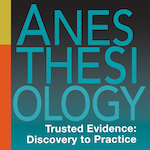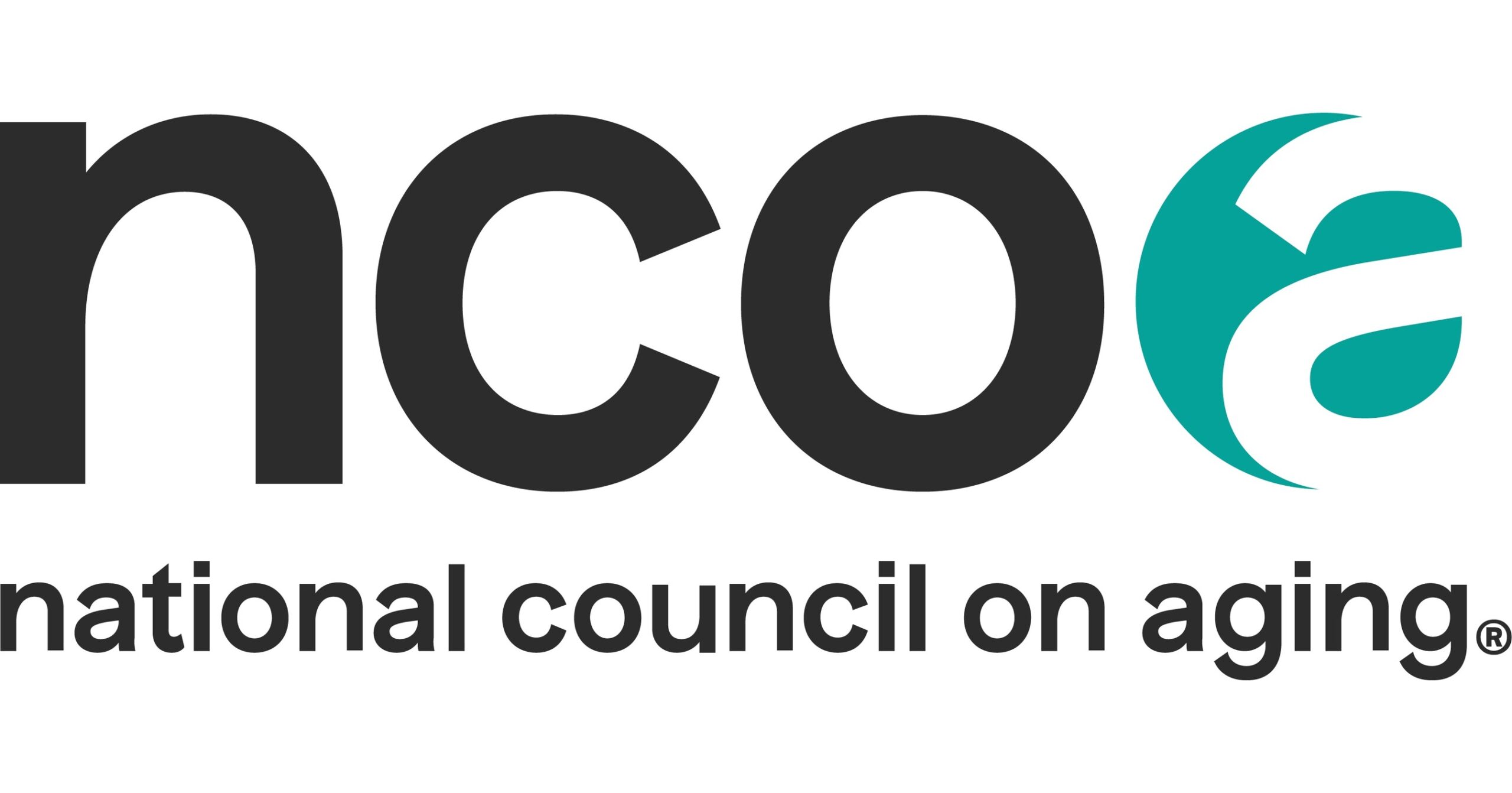Neurosurgery trial: Early evacuation improves long-term hemorrhage outcomes

Editor's Note Medical management care with evacuation surgery could yield better 180-day outcomes than without in patents treated within 24 hours for acute intracerebral hemorrhage, according to study results covered in an April 10 MedPage Today report. The ENRICH (Early MiNimally-invasive Removal of IntraCerebral Hemorrhage (ICH)) trial is a multicenter,…
Drug shortages higher than ever

Editor's Note Shortages of active drugs in the US have reached a new record, according to an April 12 CNN report on data from the American Society of Health-System Pharmacists and the University of Utah Drug Information Service. The two organizations have been tracking this data since 2001, the CNN report says.…
FDA announces class 1 recalls for premixed embolic, infusion pump software

Editor's Note The US Food and Drug Administration has classified recalls of Boston Scientific’s Obsidio Conformable Embolic and Fresenius Kabi USA’s Ivenix Infusion System Large Volume Pump (LVP) software as class 1, the most serious category and an indicator of risk of serious injury or death. No injuries or deaths…
Propofol anesthesia for colonoscopy could help find polyps, prevent cancer

Editor's Note By putting the patient into deeper sedation during colonoscopy, propofol could help doctors find difficult-to-spot, potentially cancerous “serrated” polyps, according to a study published April 17 in Anesthesiology. As an alternative to moderate, “conscious” sedation, propofol facilitates a more thorough exam that is more likely to identify serrated…
FDA Class 1 recall renews concern about historically problematic heart pumps

The US Food & Drug Administration (FDA) announced a Class 1 recall on Monday for Abbott/Thoratec Corp.’s HeartMate II and HeartMate 3 Left Ventricular Assist System (LVAS) due due to biological material buildup obstructing the devices. According to an April 16 CBS News report, surgeons first noticed problems with the…
Hackers demand another ransom from Change Healthcare after dark web data leak

Editor's Note: Ransomware group RansomHub is threatening to sell information stolen in the Change Healthcare cyberattack after leaking some of the material to the dark web, according to an April 16 report in Becker’s Health IT. Comprising contracts, records, and other personal patient data, the posted material is part of…
Federal regulations require written consent for pelvic exams at hospitals, medical schools

Editor's Note New federal guidelines require obtaining written informed consent before conducting pelvic and other sensitive medical examinations, according to an April 2 Associated Press report. The new guidance from the US Department of Health and Human Services focuses specifically on medical students, nurse practitioners, and physician assistants performing breast,…
Heart transplant research proves out 24-hour organ preservation method

Editor's Note A new method of organ preservation could allow researchers a much longer window to keep transplanted organs alive. Medical Xpress reported on the findings April 5. Typically, hearts awaiting transplant are maintained in cold static storage – in which they are kept on ice until transplanted and…
Healthcare safety report: Outcomes improving, but workplace violence persists

Editor's Note Healthcare safety is moving in the right direction generally, but low perceptions of safety and rising reports of violence against nurses represent critical gaps that leaders should address, according to an April 2 press release on Press Ganey’s “Safety in Healthcare 2024” report. Focused on event reporting, workforce…
Data resource details causes, health implications of sleep deprivation

Editor's Note An advisory published March 7 by The National Council on Aging (NCOA) offers newly updated information details the impact of sleep deprivation on health as well as the causes and warning signs of the most common sleep disorders. According to the publication, 35.5% of American adults reported sleeping…

 Free Daily News
Free Daily News